Think you would be doing them a favor by releasing them into a life of freedom in nature? Well, think again.
Scientific experimentation with animals is a topic that many people feel strongly about, with passionate opinions being raised against it.
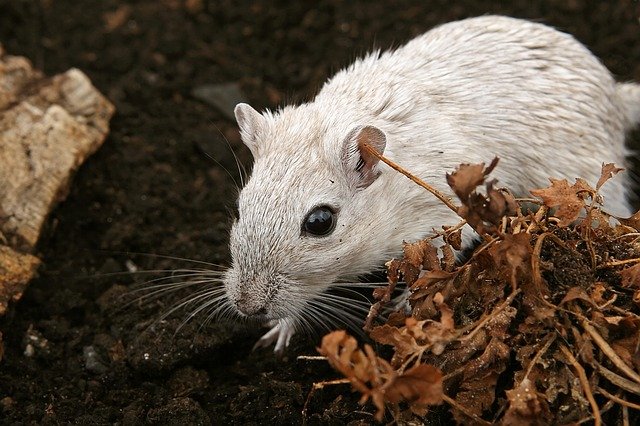
Why do we use experimental animals as test subjects for research? Mainly for three reasons:
They are easy to handle, follow up and keep in controlled conditions. Unlike human beings, you can keep them in a facility where you control very closely their living conditions, in any pattern that you like. They are always available for checkups when needed. Also, your experimental mice won’t just randomly decide that they want to drop out of the trial therefore making your results incomplete, or miss their appointments because they got stuck in a traffic jam and now they don’t have time for it, etc.
Genetic similarity to humans. Genetic analysis have shown that mice, for example, hold a high degree of similarity in their gene code in comparison to ours. Many genes, proteins and cellular pathways found in mice are equivalent to those in humans, providing a good starting point for research. However the results obtained should be met with the appropriate reservations, since not all findings in mice directly translate to human physiology.
Shorter lifespans and faster reproductive cycles. When using models like fruit flies, nematodes, fish and mice, one can take advantage of the fact that their life cycles are much shorter in order to observe phenomena that would take decades or even a lifetime to observe in human beings. One can test “long term” effects of drugs in these animals, or see the genetic effects of a compound by following up successive generations in a much briefer time window (for example, a fruit fly’s entire lifespan is of only a few weeks, while a mouse only takes six to eight weeks to reach adulthood following birth).
Hence, most of us scientists see the use of experimental animals as a “necessary evil”. Trust me, nobody actually enjoys performing experiments in animals, however is the best approach we currently have as an initial step before exposing human beings to new treatments or substances (I think we can all agree that testing the effects of an untested drug directly on humans would be both dangerous and unethical).
Still, understandably, many people think it’s cruel to keep animals living in such enclosed and isolated conditions, while being manipulated in many levels (genetic manipulation, exposure to drugs, dissection, etc.).
This is the reason why many animal-rights organizations all over the world raise their voices and make demonstrations to show their concerns about it. However, while these concerns are valid and worth discussing, some of those so called “activists” have been known to go too far, breaking in and vandalizing research institutions carrying out animal research.
The incidents
Just last month, at the University of Chile, a facility was vandalized by animal activists who freed over a hundred animals. The animals were being used by an Ecology lab as part of a trial to determine physiological effects of climate change on these rodents, jeopardizing their research project and ruining the thesis results of two students.
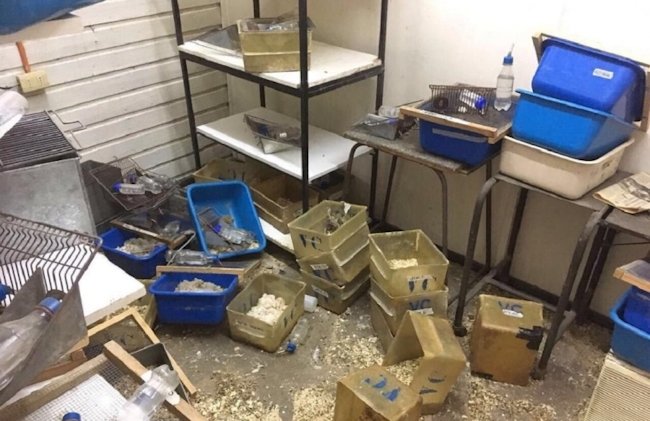
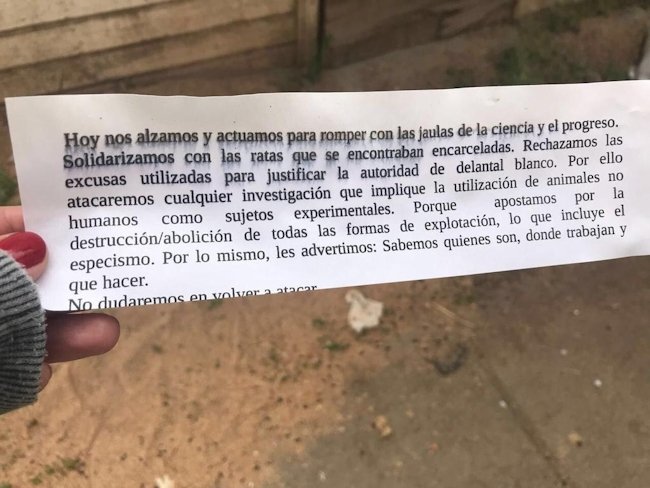
In 2013, one of the most outrageous acts of vandalism by animal rights extremists took place in the University of Milan. By apparently getting a hold of an electronic card to access restricted areas, they managed to get into the animal house of said institution, forcing open the doors to the mice lab. Then, a couple of extremists chained themselves by the neck to the double doors that served to access the building in a way that an attempt to open such doors would hurt them; meanwhile hundreds of sympathizers demonstrated outside the building.
Under this predicament, the extremists negotiated with the police and the head of the Pharmacology department of the university until an arrangement was reached for them to be allowed to take with them a hundred animals to set free. However, while this happened, they wreaked havoc inside the facility by scrambling animals and identifying tags from cage to cage, and writing down experimenter’s names to later expose them in social media with the aim of harassing them.
While in their heads these people were probably thinking they were performing some sort of heroic feat, they were actually setting these freed animals up for a rather tragic end and actively contributing to increased and unnecessary sacrifice of animals. Let’s analyze these acts for a bit:
What actually happens to experimental animals when they are released into the wild?
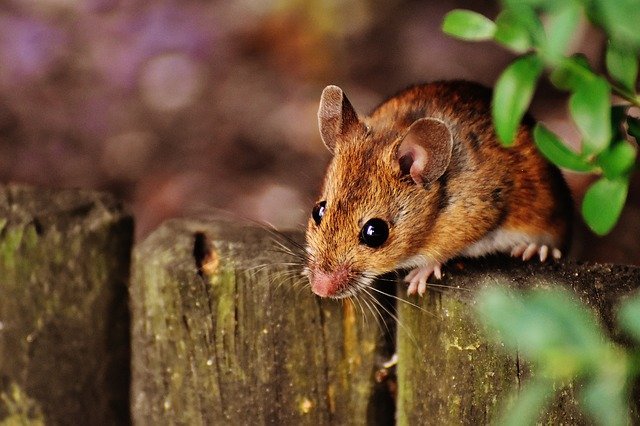
- They fall victims to predators, or die in their new environment because they fail to find a suitable shelter or food source. An animal that has lived their entire life in a cage with provided food and water does not have the same instincts as a wild animal. For example, I can tell you that the mice that I worked with, when put outside the cage, rather than running for cover and hiding, they would just stand there in confusion awaiting to be picked back up. As another real life example of this, many of the mice “liberated” by the people who vandalized the lab in Chile last month appeared dead around the campus just a couple days afterwards, either half eaten by predators or dead because of the cold.
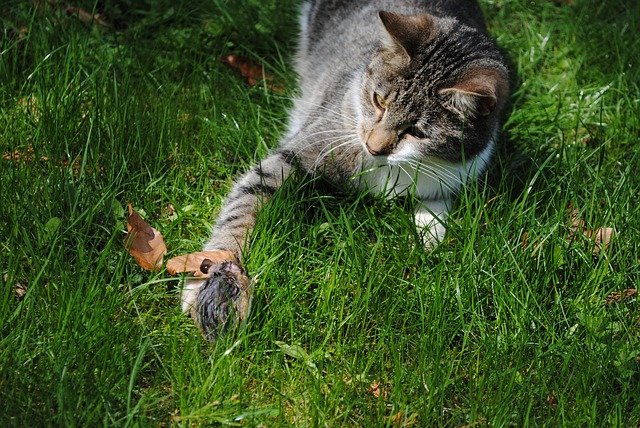
Some of them are under treatments that would limit their lifespan. Many of the mice used in research are used to understand how diverse diseases work, and therefore have been modified genetically, are immunosuppressed or are somehow dependent on treatments to remain alive or healthy. It is obvious, then, that their ability to survive in the wild is severely impaired.
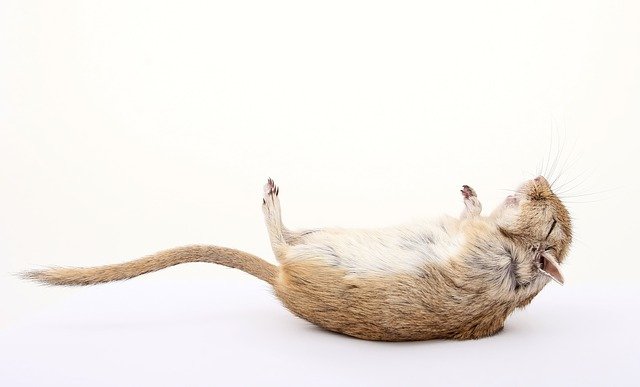
What are the consequences of releasing experimental animals into the wild?
- Loss of data and scientific progress. In the case of the incident at the University of Milan, years of research pertaining psychiatric disorders such as autism and schizophrenia were lost. One research group got their research project almost completely obliterated.
- Personal and professional loss. In both incidents, the students of such groups ended up in tears by seeing the hard work of years being destroyed, and their thesis work lost for good – which I can tell you, it’s an extremely cruel thing to do and a freaking tragedy when you are an underpaid PhD student, how invested years of their lives working extremely hard in hopes of getting good results and a degree.
- Unnecessary sacrifice of a new batch of animals to replace the one that was lost. In case you are not empathetic to human suffering – and think that these researchers somehow “had it coming”, maybe this point will get to you. An incident like this doesn’t result on the research affected being “cancelled” forever. What is most likely to happen, is that the experiments that were ruined as a result will have to be repeated, having to order and use a new set of experimental animals that otherwise would have not been needed. So congratulations, you not only killed the mice you released, but also hundreds of mice that were not needed to be sacrificed otherwise.
- Waste of taxpayer money. While in some countries like the USA a big proportion of research funds come from private sources, in others –like Germany–, it comes from taxpayer money. So, while thinking you might be striking a financial hit on these “big, evil companies”, it is more likely that you actually just punched yourself and your peers in the face by wasting good money that could have been used in a more productive endeavor.
And finally,
- In case they actually survive and prosper, they could alter the genetic pool of the wild population. While this is unlikely in some cases due to limited survival conditions, their escape and intermingling with wild animals could introduce dangerous mutations that could affect the ability of the population to adapt and survive to their environment.
What can be done, then, to prevent the unnecessary suffering and waste of animals?
In the current state of affairs, at least in countries with strong scientific regulations, scientists cannot just do whatever they want with experimental animals. Each project and protocol has to be justified, revised and approved before any access to animal subjects is granted.There is also a very strict protocol on what is permitted to do regarding experimental procedure, and a requirement to never let the animals undergo more than a mild/medium load of physical discomfort or disease.
In Germany, for example, the State Office for Health and Social Affairs (LAGeSo) requires us to adhere strictly to the animal welfare protocols and to keep detailed documentation of experimental procedures for each animal we use. They make periodic visits to make sure everything is in order or make suggestions on how to improve; sometimes they even do surprise inspections when they suspect that ethical and approved conditions might not have been met by a certain research group. Violations to these regulations are severely punished.
A better course of action, thus, is to raise any concerns for discussion with the policy makers regulating animal experimentation. Thanks to reasonable dialog between animal right activists and the corresponding scientific authorities, measures like the Basel Declaration, which many scientists –myself included– signed under, have been able to make an important influence on a better management of experimental animals.
This is the mission of the Basel Declaration:
Like the Helsinki Declaration, which forever altered the ethical landscape of human clinical research, the aim of the «Basel Declaration Society» is to bring the scientific community together to further advance the implementation of ethical principles such as the 3Rs (Reduce, Refine, Replace) whenever animals are being used in research. (Source)
There are often meetings and calls for action on initiatives on how to reduce the use of animal experimentation while still getting significant results. Furthermore, there is a variety of efforts being implemented by scientific organizations to both keep high standards on animal protection and also inform the public about the progress being made. An example for this is the Max Delbrück Center for Molecular Medicine here in Berlin, an institution that actively engages in this dialog (click on the link to read some brief examples of the programs/regulations they implement for this).
Communication is key; much more progress can be achieved by informing each other and reaching agreements to constantly improve the working conditions in benefit of animal welfare.
----------------------------------------------
Image sources: Pixabay, unless stated otherwise.
